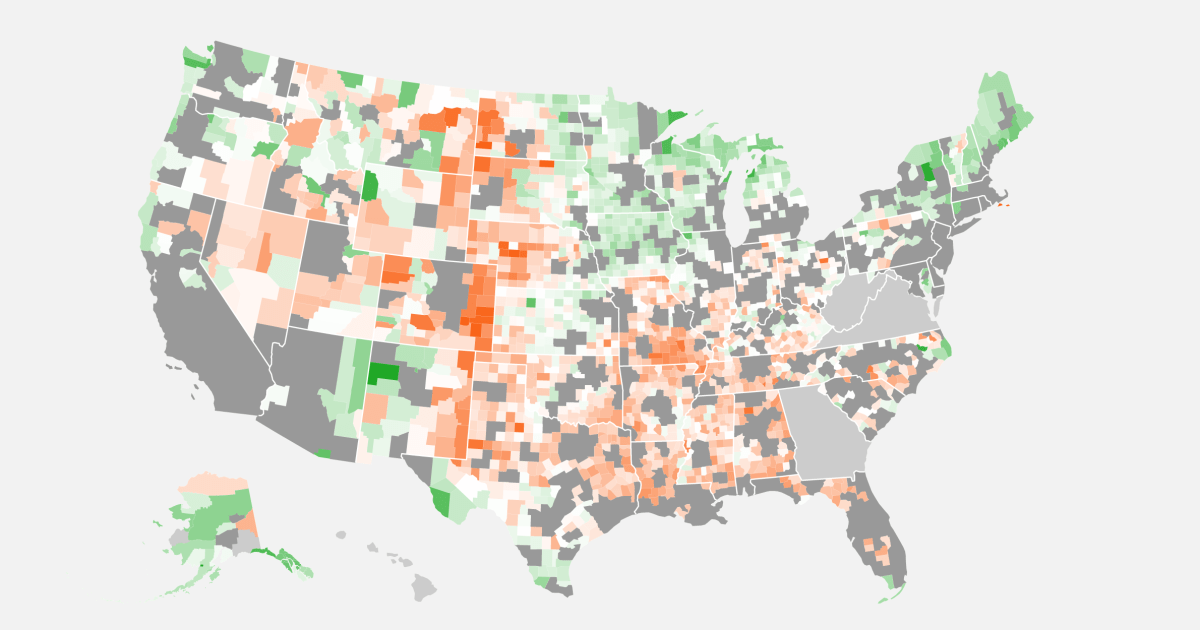
There are more than 1,300 counties that the CDC considers rural, with reliable vaccination data for 99 percent of them. The median vaccination rate for those counties is close to 30 percent, slightly behind urban counties that have vaccinated 32 percent of their populations. Those numbers increase when looking at adult or senior populations, who got access to vaccinations first.
“[The CDC] report highlights the vaccination coverage disparities that exist in rural areas and the need to improve vaccine access and confidence in these communities,” said Dr. Bhavini Murthy, a CDC medical officer and the lead author of the report on rural vaccinations.
While rural counties may have fewer people to vaccinate, they face hurdles that urban areas don’t, such as fewer pharmacies and unreliable internet. But some outliers such as Hamilton County offer ideas that can be replicated, such as engaging the local community to confront misinformation and overcome barriers like travel.
Farber credits the county’s success to word of mouth from those who got their shots already and a grassroots community effort.
“Volunteers were the main hero,” he said. “We literally had volunteers that were just community members… [they] would offer to work as greeters, and make calls to make sure people who did not have access to broadband or cellular were signed up for their vaccine appointments.”
The CDC has standards for classifying counties from rural to urban. A county that’s considered micropolitan, slightly larger than rural, would have at least one town in it with a population of more than 10,000. Small metros have populations over 50,000 and medium metros have populations over 250,000.
There are caveats: Vaccination data on county of residence can vary from state to state. Some such as Alaska have data for 98 percent of their shots, while others such as Virginia, Georgia and Hawaii have incomplete residency data, which makes it harder to assess vaccination progress in certain areas.
“We know that vaccine hesitancy in rural areas is a major barrier that public health practitioners, health care providers and local partners need to address to achieve vaccination equity,” Murthy said.
According to the CDC, vaccination equity involves access that targets people typically underserved by health care.
Murthy said rural areas have a higher proportion of older residents without health insurance or with underlying medical conditions. When the vaccination rollout began, nursing home residents and seniors were among the first to get shots, as nursing home deaths accounted for an outsize portion of Covid-19 deaths.
Some counties with large senior populations have boosted their overall vaccination numbers because many were vaccinated months ago.
Source: | This article originally belongs to Nbcnews.com









